Have you ever wondered what flaws lurk in famous car collections? Jay Leno’s garage holds automotive treasures with surprising secrets. Many classics sitting among his prized possessions hide quirks and imperfections. These flaws tell a deeper story about innovation and design challenges. Even legendary vehicles faced real-world problems despite their iconic status.
Your own car might share traits with these famous imperfect classics.
10. 1963 Chrysler Turbine: A Futuristic Failure (Exterior)
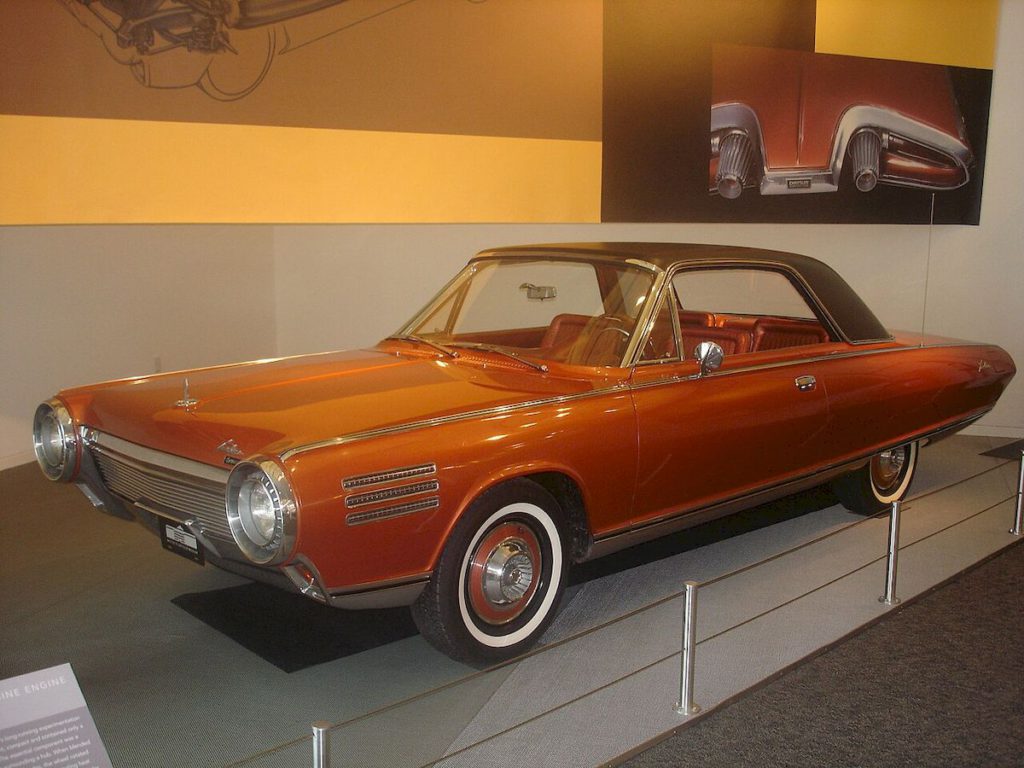
When engineers dreamed of jet-age propulsion for everyday drivers, the 1963 Chrysler Turbine emerged as their boldest experiment. Its sleek, futuristic bodywork houses a gas turbine engine capable of running on multiple fuel types—a genuine innovation for its era. The bronze-colored coupe features distinctive turbine-inspired styling cues, including the side air intakes and unique taillights that mimic jet exhaust ports. Only 55 units were built for public testing, making this a genuinely rare piece of American automotive history.
1963 Chrysler Turbine (Interior)
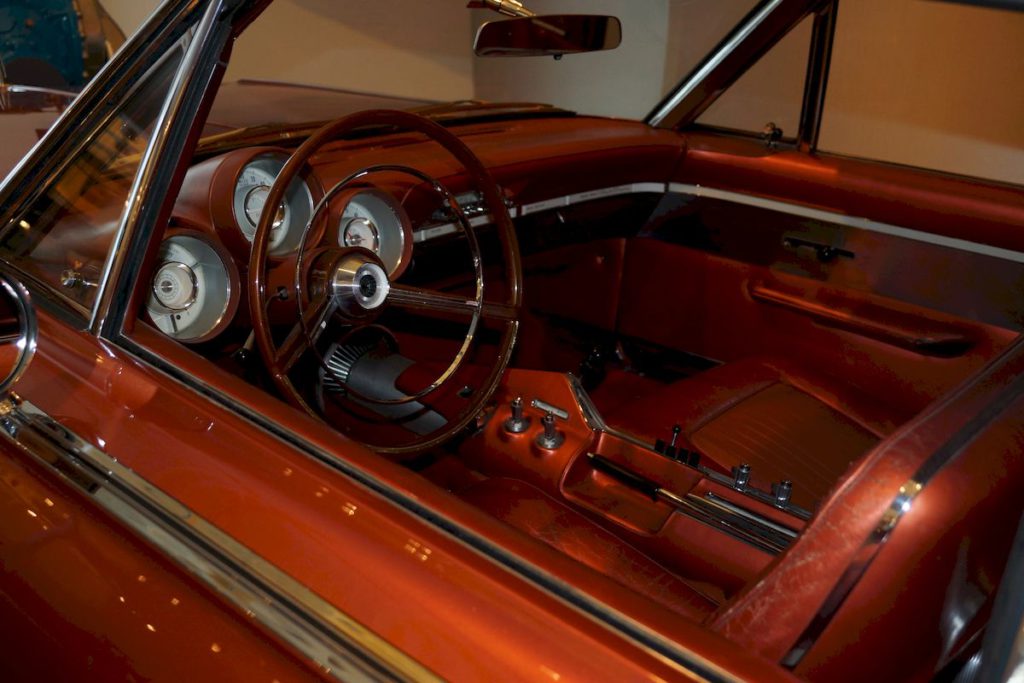
Despite its futuristic promise, the Turbine disappoints with practical limitations that doomed its production chances. The turbine engine’s start-up sequence proved too complex for everyday drivers, while abysmal fuel economy made it economically unfeasible. High production costs further sealed its fate. Chrysler destroyed most prototypes after the program ended, though Jay Leno owns one of the surviving examples. The car’s unique turbine whine makes it instantly recognizable when starting up in Leno’s collection.
9. 1989 Ford Festiva SHO: A Rare but Flawed Hybrid

What happens when Ford’s performance division takes on an economy car? The 1989 Ford Festiva SHO (Super High Output/Shogun) represents one of Ford’s most intriguing performance experiments. This limited-production model combined the compact Festiva body with Super High Output performance engineering expertise. Wider fenders accommodate a more aggressive stance and larger wheels necessary for improved handling. The exterior modifications make an immediate visual statement, distinguishing it from standard economy Festivas. The 3.0L Yamaha V6 engine required significant chassis modifications, transforming this economy car into a genuine sleeper.
1989 Ford Festiva SHO (Interior)
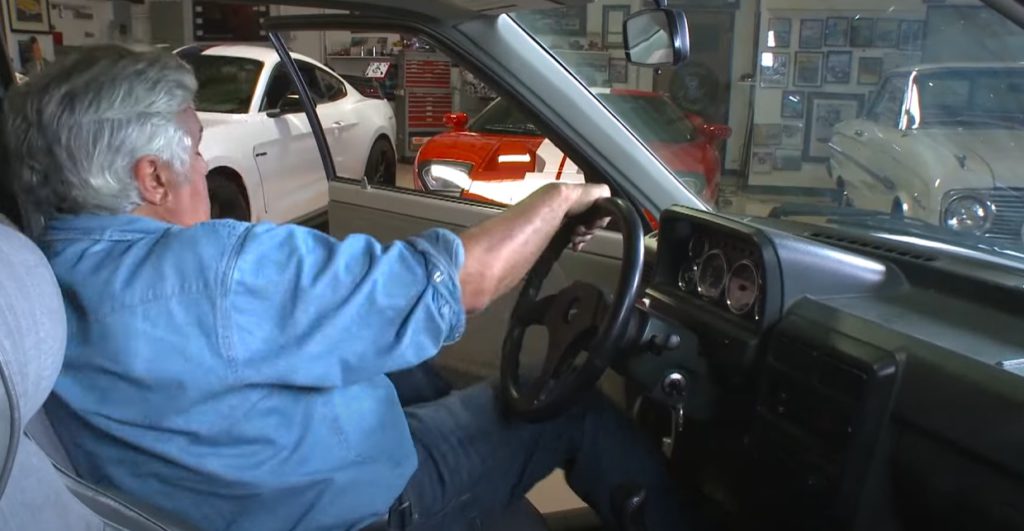
Driving enthusiasts face numerous compromises in the Festiva Shogun despite its performance potential. The Yamaha-designed V6 engine provides an impressive power-to-weight ratio, but the extremely limited production numbers make parts virtually unobtainable today. The high initial cost when new placed it beyond reach for most buyers who would typically consider a Festiva. Daily practicality suffers from the performance-focused modifications, with a harsher ride and increased maintenance requirements. Despite these drawbacks, the Festiva Shogun remains a fascinating chapter in Ford’s performance history, showcasing their willingness to create niche enthusiast vehicles.
8. 1966 Chevrolet Yenko Stinger Stage 2: High Performance, Tricky Handling (Exterior)

If you’ve ever wondered what happens when a performance specialist reimagines an economy car, the 1966 Yenko Stinger Stage 2 provides the answer. Don Yenko upgraded these Corvairs with beefier suspension components and improved braking systems to handle increased power. The Stinger’s distinctive white paint with blue stripes makes it immediately identifiable among Corvair variants. Extensive modifications to the body and chassis turned this economy car into a competitive racer that participated in SCCA events.
1966 Chevrolet Yenko Stinger Stage 2 (Interior)

Handling challenges plague the Yenko Stinger Stage 2 despite its performance credentials. Its twin-carbureted 2.7L flat-six engine sits behind the rear axle, creating notoriously tricky handling characteristics at the limit. Finding replacement parts now poses a major challenge for owners, as Yenko’s modifications weren’t mass-produced. The rear-engine layout that plagued standard Corvairs becomes even more pronounced with the added power. Despite these flaws, these rare machines command high prices among collectors seeking unique American performance cars.
7. 1953 Cunningham C3: Rare Beauty with a Price

Racing heritage meets Italian craftsmanship in the extraordinarily rare 1953 Cunningham C3. Briggs Cunningham, renowned racing enthusiast, created this automotive masterpiece to dominate both road and track. Its hand-formed aluminum body by Vignale of Italy wraps around a powerful Chrysler Firepower V8 engine. The car’s distinctive proportions feature a long hood, short deck, and elegant curves that stand apart from typical American designs of the era. Only 25 examples were ever built, making the C3 one of the rarest American sports cars in existence.
Astronomical price tags limited the Cunningham C3’s appeal despite its impressive performance credentials. The Chrysler Firepower V8 produces impressive power, but the car’s cost limited its market appeal. Even when new, few could afford this blend of American engineering and Italian craftsmanship. The limited production run now creates serious maintenance challenges, with parts virtually nonexistent. Collectors pay millions for these cars despite their impracticality, valuing their historical significance and the unique vision they represent in American automotive history.
6. 1934 Duesenberg Walker Coupe: Luxurious but Impractical
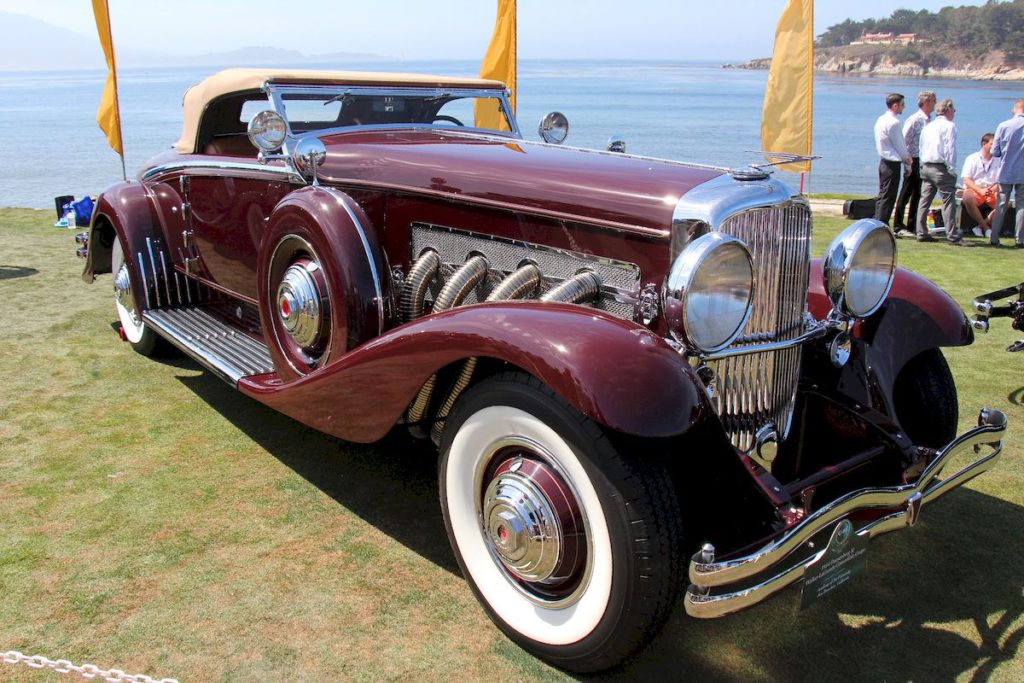
No pre-war automobile exemplifies American excess quite like the one-of-a-kind 1934 Duesenberg Walker Coupe. This unique masterpiece features custom coachwork by Walker Company with sweeping fenders, a distinctive roofline, and elegant proportions that still captivate today. The massive chrome grille and headlights announce its presence from any angle. Underneath this rolling sculpture sits Duesenberg’s powerful 6.9L inline-8 engine. This unique creation commands the highest price of any Duesenberg ever sold, reflecting its singular place in automotive history.
Beauty comes at a steep practical cost in the Walker Coupe’s magnificent cabin. Its significant weight hampers handling despite the powerful engine. The car’s extreme rarity makes maintenance a constant challenge, with parts virtually impossible to source. Every component must be custom fabricated when repairs are needed. Though breathtakingly beautiful, this automotive jewel proves nearly impossible to use regularly. The Walker Coupe represents the pinnacle of pre-war American luxury, created when engineering focused entirely on presence and power rather than efficiency or practicality.
5. 1962 427 Shelby Cobra: Powerful but Challenging (Exterior)
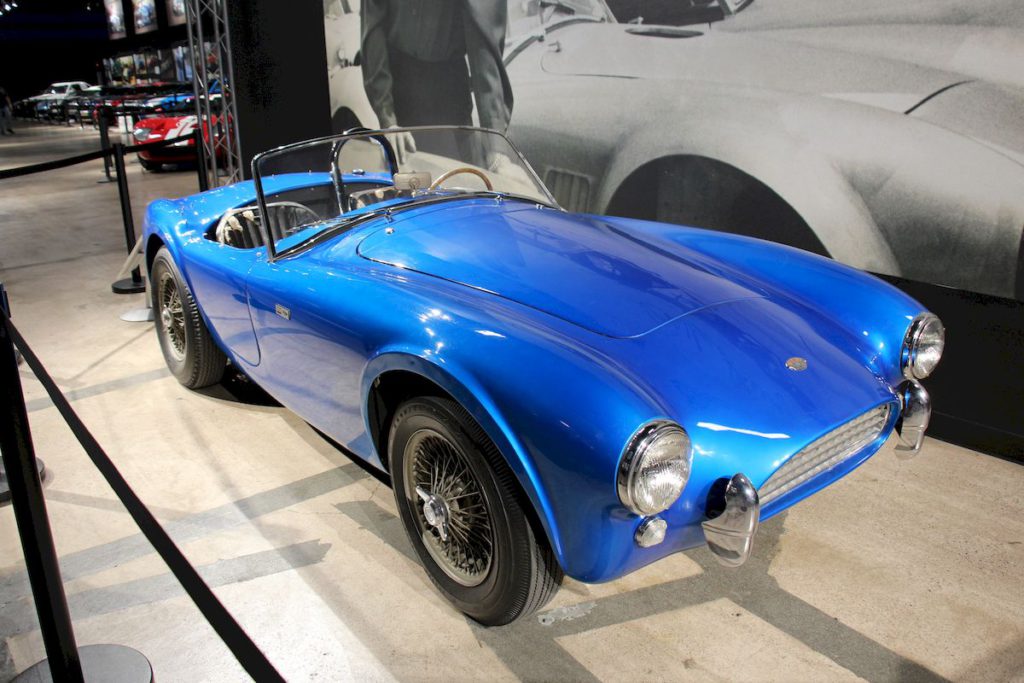
Brutal acceleration meets minimalist design in the legendary 1962 427 Shelby Cobra. Carroll Shelby’s vision produced a lightweight British body powered by a massive 7.0L Ford V8 engine. The car’s stripped-down design features dramatic fenders housing oversized tires needed to handle its tremendous power. Zero to 60 mph happens in just 4.5 seconds—a blistering pace even by modern standards. The Cobra’s muscular stance and aggressive proportions make it instantly recognizable as an American performance icon.
1962 427 Shelby Cobra (Interior)
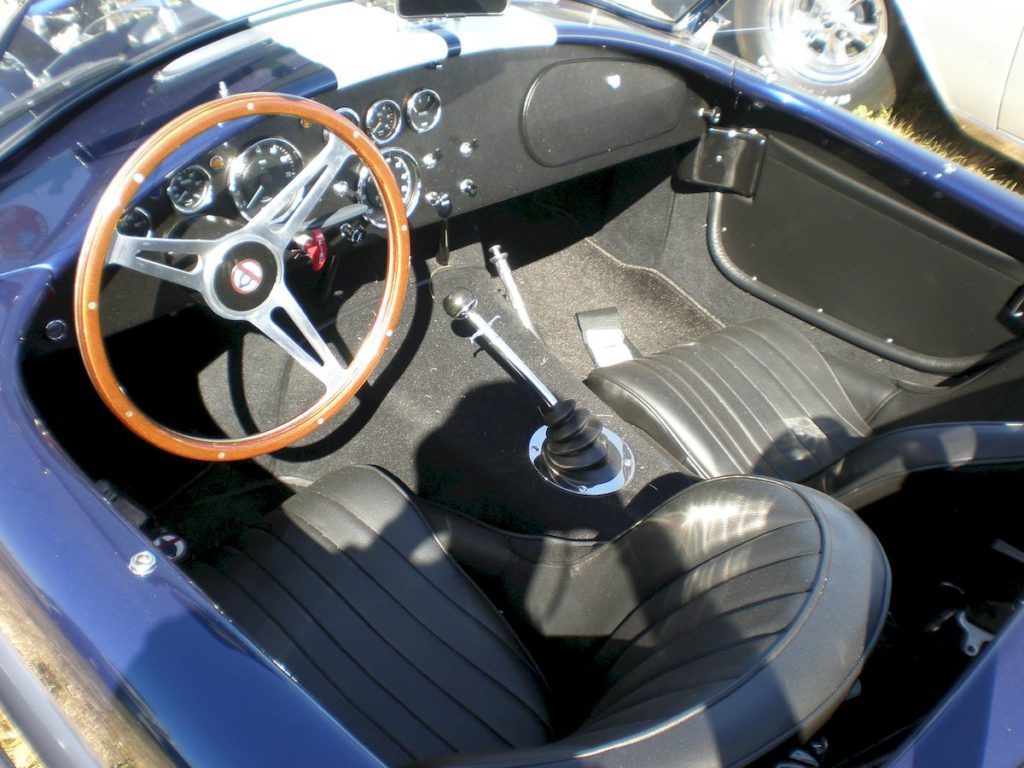
Caught between collector value and driving thrills, today’s Cobra owners face difficult choices. The spartan interior offers minimal comforts, focusing entirely on the driving experience. Handling becomes notoriously tricky at high speeds, with the massive power overwhelming the chassis in anything but skilled hands. Extreme rarity and high values make these cars too valuable for regular use today. Parts scarcity compounds ownership challenges. Despite these drawbacks, the Cobra remains one of the most desirable American sports cars ever built, commanding millions at auction.
4. 1941 American LaFrance Series 600 Pumper V12 Fire Truck: Powerful but Impractical
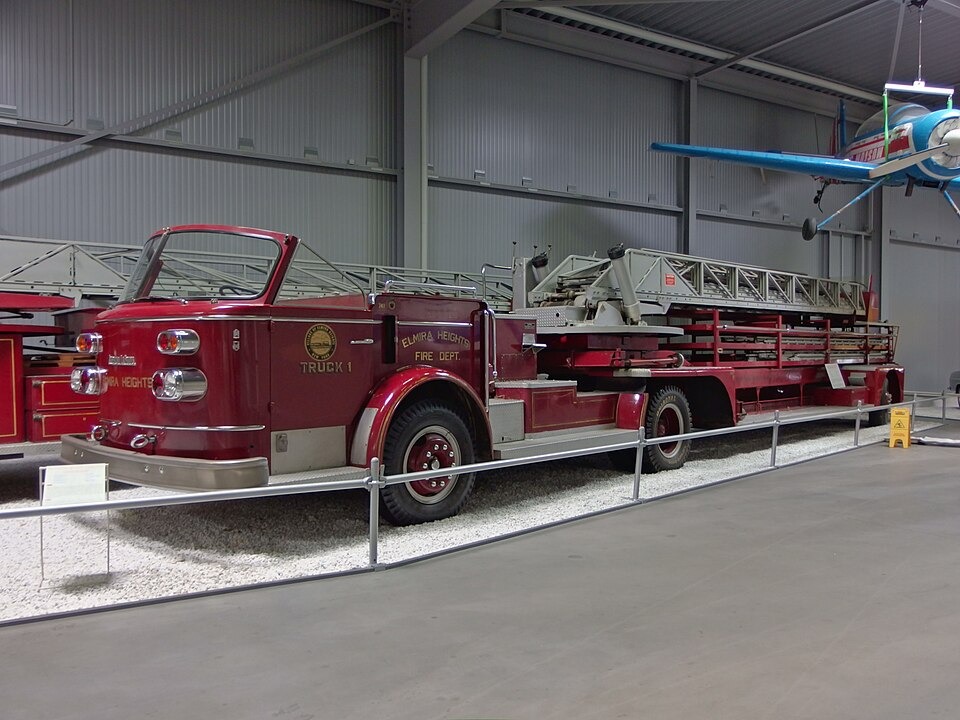
Fire departments demanding reliable equipment at any cost turned to the 1941 American LaFrance Series 600 Pumper. Built specifically for firefighting duties, this massive truck features a commanding cab-forward design with open driving position. Its bright red paint, brass accents, and imposing ladder racks create an unmistakable silhouette. The functional design prioritizes access to firefighting equipment over style, though the result remains visually striking. The massive V12 engine provides tremendous power necessary for operating the water pumps while maintaining adequate speed when responding to emergencies.
Finding qualified mechanics presents just one of many challenges for collectors of this firefighting giant. The specialized V12 engine requires extensive maintenance knowledge that few mechanics possess today. Its enormous dimensions make storage and transportation extraordinarily difficult—this isn’t a vehicle that fits in standard garages or on typical trailers. Maneuverability in modern traffic proves nearly impossible due to its length, width, and primitive braking systems. Despite these drawbacks, the LaFrance represents an important piece of American industrial history that showcases specialized automotive engineering from the pre-war era.
3. 1916 Autocar: Simple but Outdated
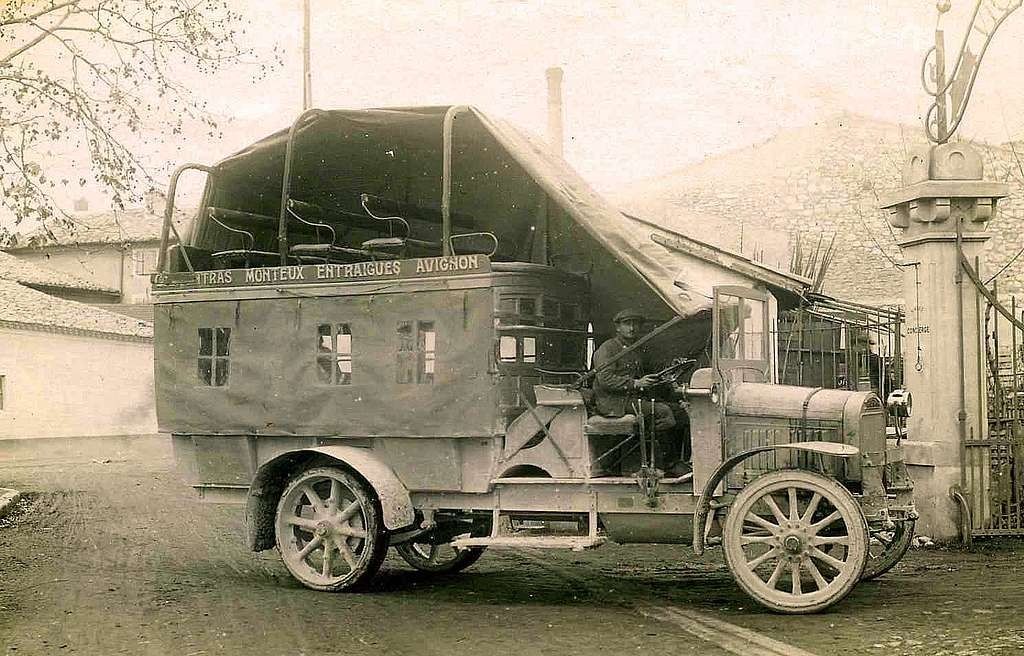
Before comfort became a priority, the 1916 Autocar coal truck delivered pure industrial functionality. This commercial workhorse features a basic cab-forward design with minimal weather protection for the driver. Solid rubber tires mounted on wooden wheels showcase early automotive engineering priorities—durability over comfort. The tall, narrow body sits high off the ground to navigate the poor roads of the era. The twin-cylinder engine provides adequate power for its intended purpose, though speed was never a priority. Its simple construction allowed for easy field repairs during an era when mechanics were rare.
Wooden wheels and primitive controls explain why early commercial vehicles rarely excite modern collectors. Its painfully slow top speed makes modern road use virtually impossible. The wooden wheels prove vulnerable to damage despite their period-correct appearance. The spartan driver’s compartment offers zero comfort features, with exposed controls and minimal weather protection. Operating this century-old commercial vehicle requires specialized knowledge of antiquated systems. Despite these drawbacks, the Autocar provides a fascinating glimpse into early American commercial transportation before purpose-built roads existed across the country. But does it compare to these worst American cars?
2. 1957 Buick Roadmaster: Luxurious but Flawed (Exterior)
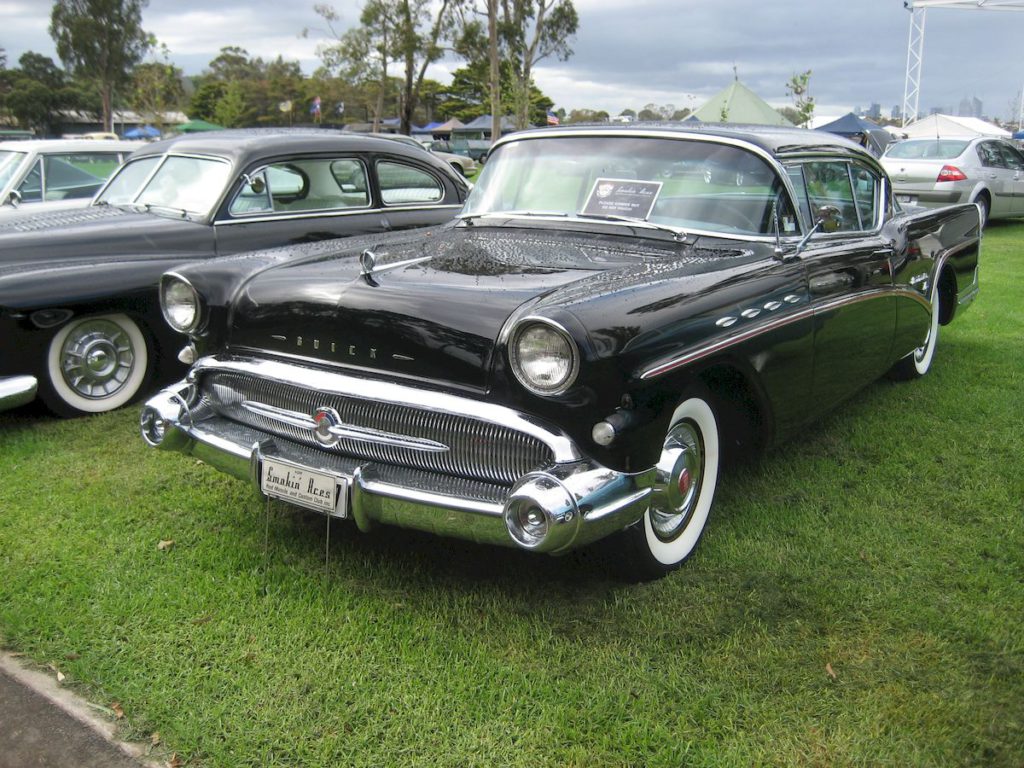
Chrome stretches nearly 18 feet along the 1957 Buick Roadmaster, epitomizing mid-century American automotive excess. Gleaming surfaces extend from its distinctive grille to its sweeping side trim and massive rear bumper. The dramatic tailfins and sloped rear window exemplify the jet-age styling that defined the era. The Roadmaster commands attention on any road through sheer scale. The 364 cubic inch V8 delivers smooth power suitable for cruising America’s newly built interstate highway system rather than carving corners.
1957 Buick Roadmaster (Interior)
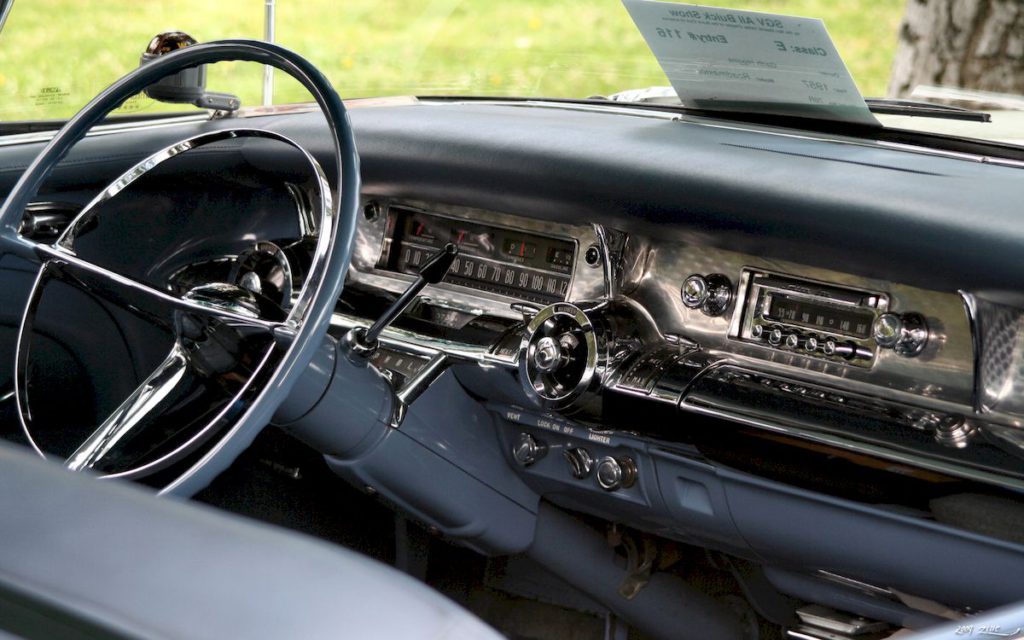
Thirsty V8 engines and boat-like handling reveal why these luxurious behemoths fell from popularity. The massive size creates challenges that make navigating modern traffic and parking lots difficult. Fuel efficiency suffers tremendously—expect single-digit MPG figures from the power plant. The interior features plush bench seats and a jet-age dashboard with chrome accents throughout. While comfortable for long highway drives, the soft suspension produces excessive body roll during cornering. The Roadmaster prioritizes straight-line comfort over any sporting pretensions.
1. 1918 Cadillac Type 57 Victoria: Elegant but Impractical
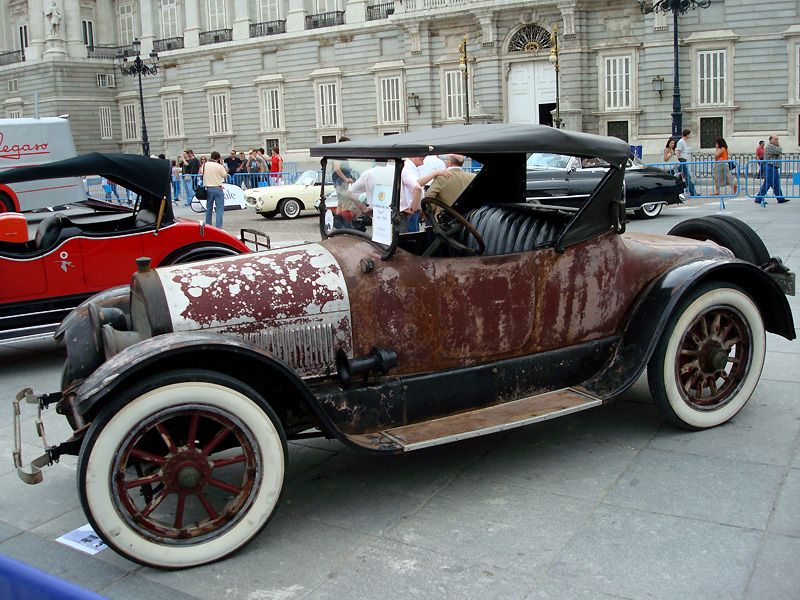
Early adopters of V8 power found the 1918 Cadillac Type 57 Victoria at the cutting edge of luxury motoring. The distinctive V-shaped radiator grille serves as both styling element and functional cooling component. Tall, spoke wheels and generous ground clearance reflect the poor road conditions of the era, while the elegant body proportions set it apart from utilitarian vehicles. Substantial brass lighting fixtures and trim elements highlight its premium positioning in the market. The 314 cubic inch V8 engine represented cutting-edge technology for its time, making Cadillac one of the first manufacturers to successfully mass-produce V8 engines.
1918 Cadillac Type 57 Victoria (Interior)
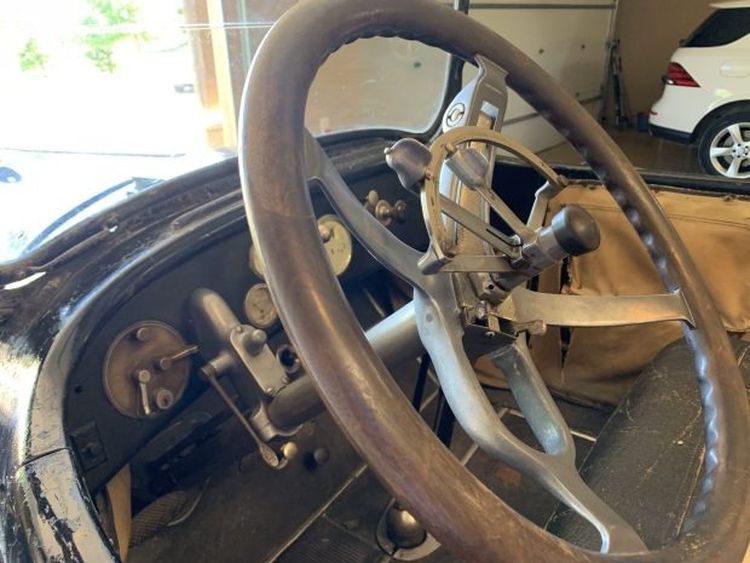
Transport yourself a century back in time and the Victoria’s limitations become immediately apparent. The spacious interior offers comfort by 1918 standards, but the massive size creates handling challenges that make modern driving difficult. Primitive controls require specialized knowledge that few mechanics possess today. The car’s scale and limited maneuverability make it poorly suited for contemporary roads. Despite these drawbacks, this Cadillac represents an important milestone in American automotive luxury, showing how manufacturers addressed comfort before modern engineering solutions existed.




























